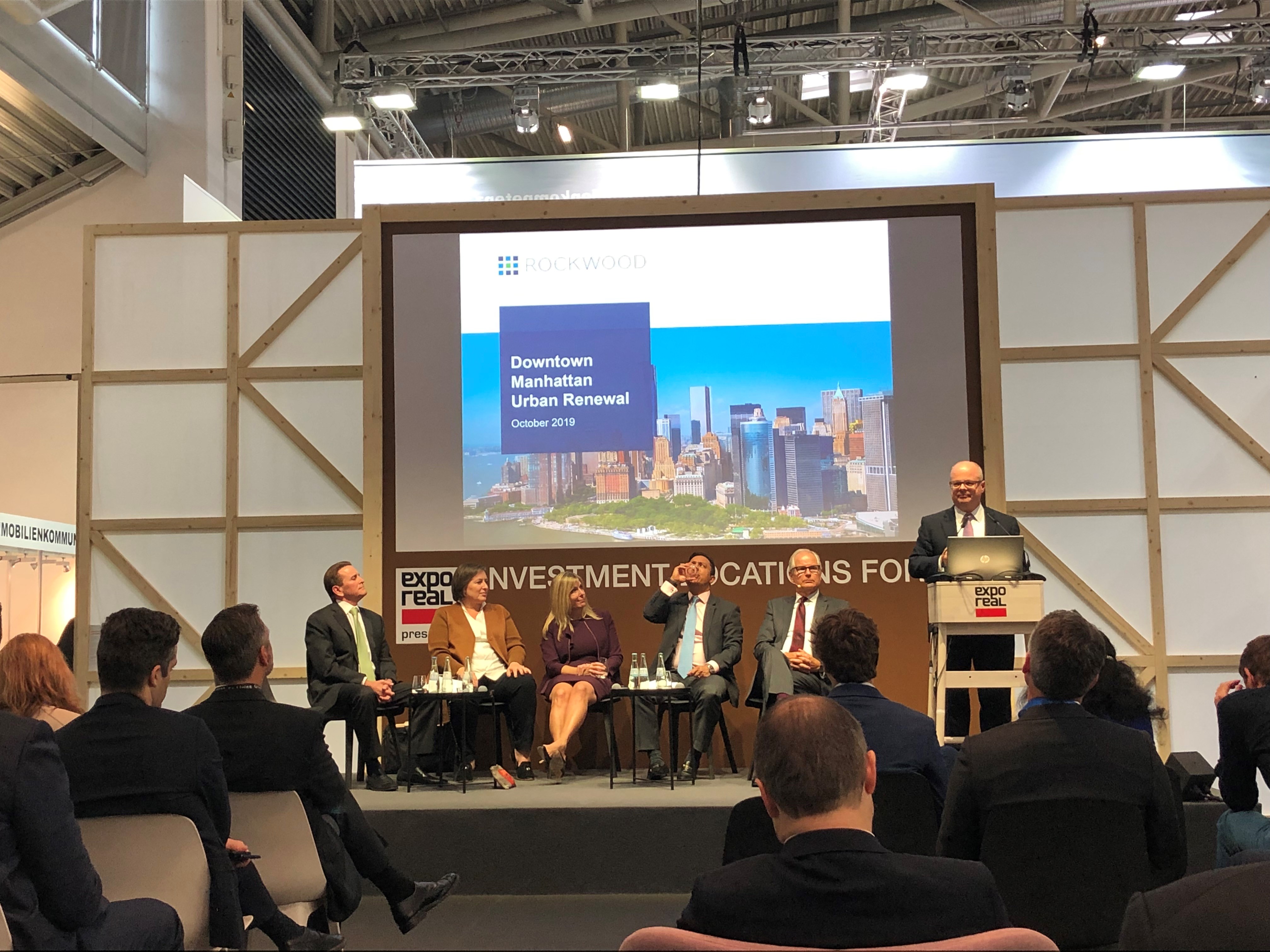Battle of the Asset Classes: Which One Has the Edge?
Experts and investors at Europe’s largest real estate conference made the case for their favorite U.S. property categories.
The U.S. real estate market has performed outstandingly in recent years. But which asset class offered the best returns? Was it residential, industrial or office? Industry experts at a panels at 2019’s Expo Real—the yearly international real estate and investment conference taking place in Munich—advocated for different industries and provided arguments and examples to support their strategies.
Indraneel Karlekar, senior managing director at Principal Real Estate, the dedicated real estate unit of Principal Global Investors, referred to industrial as “the sexiest asset class” out there. “In 10 years, the value of industrial in the U.S. has tripled. This tells you how much interest there is there, how quickly this sector has grown in the last 10 years. Obviously, the other property types have also grown, but I find that industrial has grown three times, which is largest in terms of gains. It’s a really big liquid market,” Karlekar said.
Read our full coverage of Expo Real 2019
The commercial sector had another strong supporter. Zeb Bradford, chief investment officer at Metzler Real Estate in Atlanta, advocated for office despite admitting that it is somewhat of a disfavored asset class compared to industrial. “If you are to venture into the office sector … you want to be near transport, leisure activities, near housing and if possible, near a university campus,” he said.
Bradford gave an example from Atlanta, a Sunbelt market recording high growth, in both population and employment, which is making it attractive to institutional investors.
“The market has a tremendous amount of liquidity. Just in the office sector, for the past two years on average, you’ve had nearly $2 billion of office transactions. That same can’t be said for cities like Raleigh, N.C., or Nashville or even Austin, which are higher growth, but smaller,” he added. The expert mentioned that the Midtown and West Midtown areas of the metro are particularly of interest due to their Millennial appeal.
On the residential side
Managing more than 55,000 units across the U.S., Bell Partners has been investing and managing residential assets since 1976. Lili Dunn, the company’s president, said that “Apartments offer compelling investment opportunity over the long term because of four primary factors: return profile, liquidity, cash flow and stability.”
To support her statement, she added that, in the past three decades, apartments have outperformed on a risk-adjusted return profile. “This year is better than last year as far as demand-supply fundamentals. As far as liquidity, there is a reason that there are strong capital flows to apartments, both domestically and internationally,” she added.
Dunn explained why the Austin area is currently one of the hottest markets in the U.S. Austin is adding residents four times faster than the U.S. average and employment growth reached 3.4 percent, one of the strongest in the country, according to Dunn. Employers such as Apple, Google and Oracle continue to lure residents to the area, which is supporting housing demand.
Another compelling example that shows how the residential sector is taking over and transforming cities on a micro level came from Walter Schmidt, senior managing partner at Rockwood Capital. Since 1995, there’s been $30 billion in public-private investment in Midtown Manhattan, which has made the submarket more of a mixed-use, desirable location. Technology, advertising, media and information are the four main industries that are helping Midtown Manhattan transition from a linear market to a more diversified, multi-dimensional one.
“It used to be a primarily nine-to-five office environment. People came, worked, went home. Over the last number of years, 1.9 million square meters (approximately 20 million square feet) of Class B office was completely redeveloped into other uses, primarily residential,” he said.









You must be logged in to post a comment.